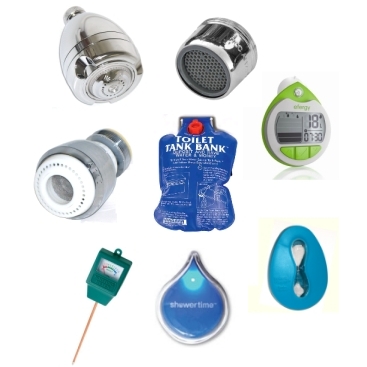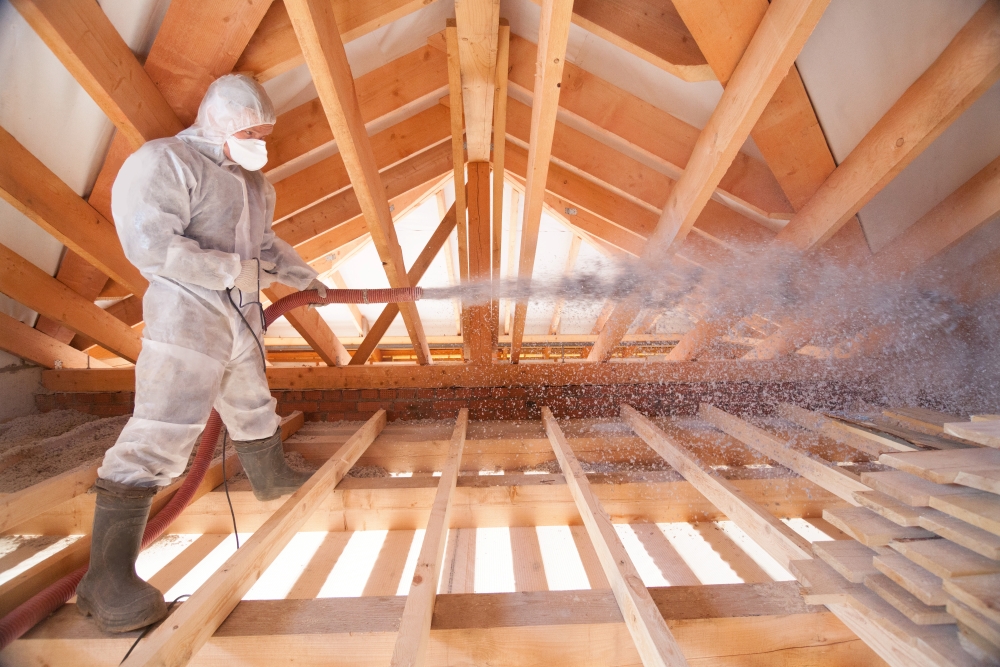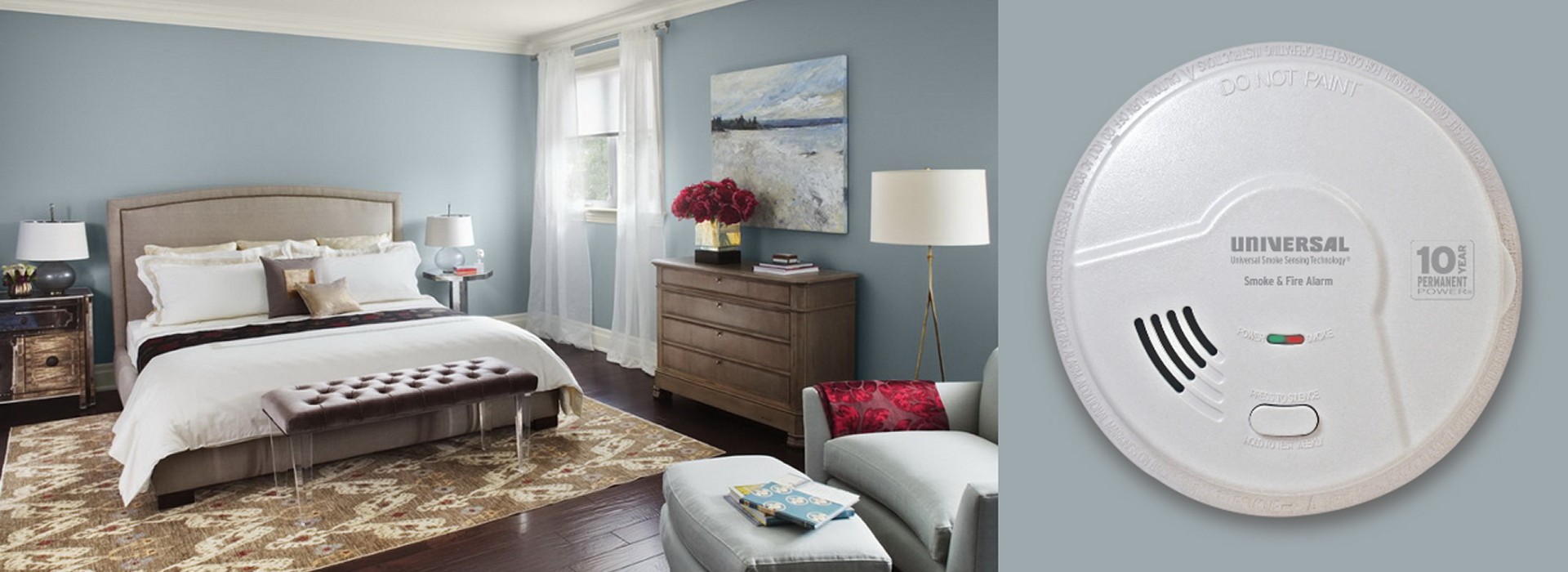In the world of power strips, there are two types of advanced power strips. Each has its own set of features and capabilities that make it a good option for different situations in your home. The first type is called a tier 1 advanced power strip, and the second is called a tier 2 advanced power strip. In this article, we’ll explain what these terms mean and how they differ from one another so you can decide which type is right for you!
What is a tier 1 advanced power strip?
A tier 1 advanced power strip is the most basic type of APS. It consists of a single control outlet, usually accompanied by two always-on outlets, and three or more outlets that are automatically switched on or off based on the on/off status of the control device.
These are ideal for use in homes, where they’re plugged into a wall socket next to an appliance like your television or computer monitor. They’re generally inexpensive, so if you need to protect just one device from surges or spikes, this might be the best option to go with.

What is a tier 2 advanced power strip?
Tier 2 Advanced Power Strips (APS) are more expensive, more powerful, and more durable than their tier 1 counterparts. These devices are designed to handle higher loads while maintaining the same level of safety as Tier 1 Advanced Power Strips. Some tier 2 devices also feature:
- Remote switch capability so that you can essentially control the power strip from your phone or other mobile device
- Timer connectivity so that you can automatically turn off anything plugged into one of these power strips after a certain amount of time has elapsed
- Software and hardware filtering technology that filters out IR interference from non-AV equipment

Advanced power strips can help you control your home’s electricity. There are different tiers of APS to consider.
Advanced power strips (APS) are strips of outlets with an extra function: they let you control the flow of electricity to your devices. APS have a number of different tiers and functions, which can help you save money, protect your electronics and protect your home against surges.












